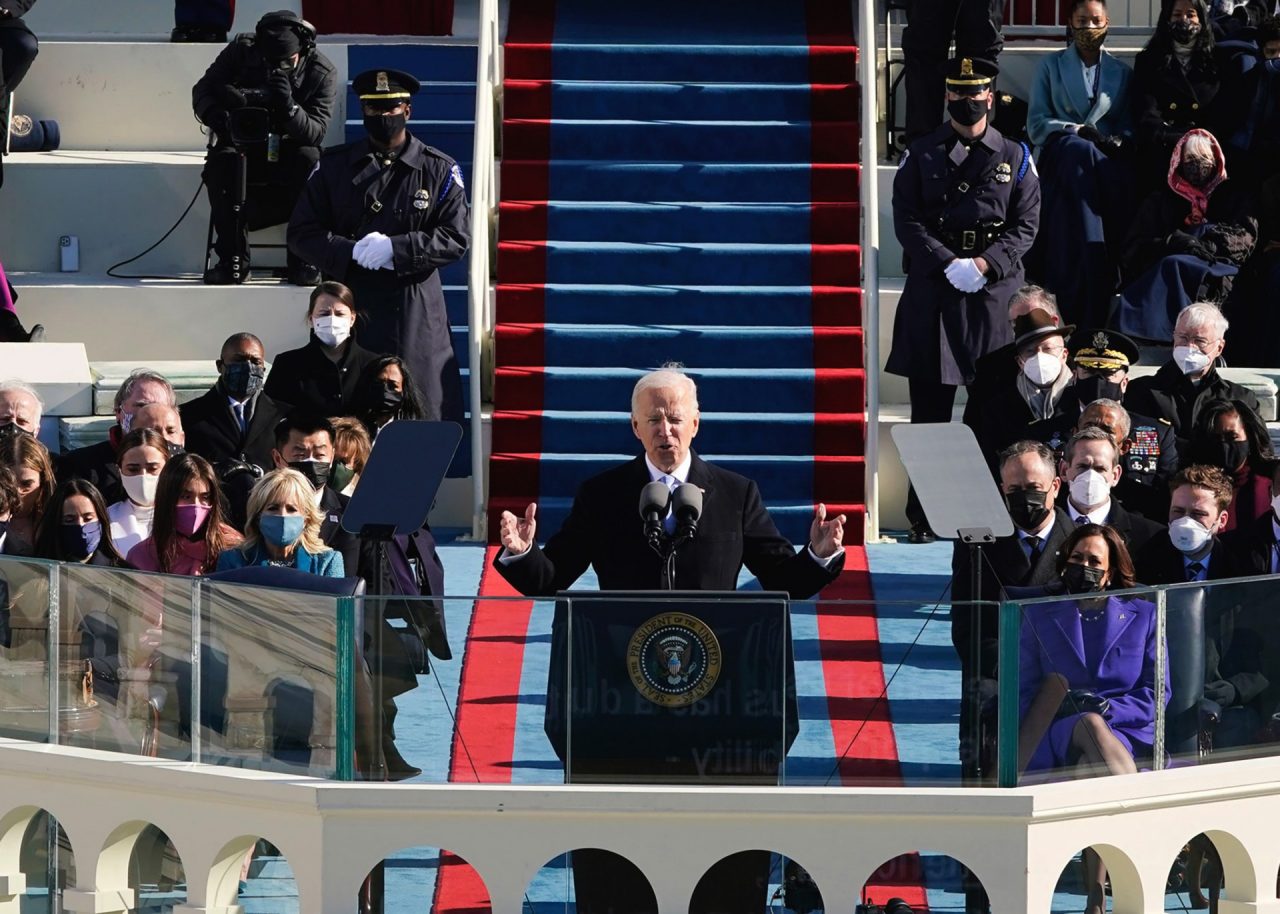Joe Biden, the 46th president of the United States of America, is already at work. After President Biden’s inauguration speech laying out his mission at the White House, the new U.S. administration is focused on fulfilling Biden’s election promises. One of the most important things on his to-do list is invest in infrastructure to guaranteed a strong economic future.
In addition to pledging massive investments for maintaining existing works and building new ones, all the key points of President Biden’s program — from the war on Covid-19 and economic revitalisation to the fight against climate change — have a direct point of contact with the construction sector.
The new president’s infrastructure policy is based on two pillars: the first is the $2 trillion “Build Back Better” plan promised by Biden to support economic recovery, destined largely for infrastructure; the second concerns Biden’s choice of Pete Buttigieg to lead the Department of Transportation and thus direct the choices in one of the U.S.A.’s most strategic sectors.
Buttigieg: the infrastructure advocate
President Joe Biden picked Pete Buttigieg for Secretary of Transportation, the former mayor of South Bend, Indiana, who was among the candidates for the 2020 presidential election. At age 38, he will be the youngest secretary of the Biden Administration.
Buttigieg is an infrastructure advocate, and during his own presidential campaign he proposed a $1 trillion plan to invest in U.S. infrastructure. The plan called for at least $165 billion to be invested in the Highway Trust Fund, the fund for maintaining and improving America’s highways. Buttigieg’s plan aimed to achieve three goals: firstly, to modernise the infrastructure network; then, to support the sector’s growth; and lastly to create 6 million new jobs.
Among the priorities was making roads and bridges safer by no later than 2030.
Buttigieg’s appointment to Biden’s team was greeted with satisfaction by industry representatives. Brian Turmail, Vice President of Public affairs and Strategic initiatives at Associated General Contractors of America, told Construction Dive: “It would certainly be good to have a former mayor from a city like South Bend in the post,” said Turmail. “He is in a unique position to understand how vital good transportation connections are to the success of local manufacturers, educational institutions and main street businesses.”
The American Society of Civil Engineers Executive Director Tom Smith agreed. “As a mayor, he has seen firsthand how infrastructure policy and investment impact families, businesses, local economy and quality of life,” he said in a statement, noting that Buttigieg was the first presidential candidate to respond to an ASCE-sponsored infrastructure forum in February.
In light of so many expectations, the new Secretary must now come to grips with some challenging projects: revitalising the sector, supporting innovative projects like the high-speed rail project in Texas, and ensuring immediate implementation of the $2 trillion plan promised by Joe Biden.

The President's plan for U.S. Infrastructure
In his vision of a modern, sustainable and united America, infrastructure modernisation will play a central role. To achieve this, Biden’s team developed the “Build Back Better” plan during the campaign, a comprehensive blueprint that focuses primarily on sustainable infrastructure and clean energy, in order to “launch a national effort to create the jobs needed to build modern, sustainable infrastructure, and enable a transition to a clean energy-powered future,” according to the plan.
The program includes an investment of $2 trillion to be allocated mainly in the construction of bridges, roads, hydroelectric plants, railways, and sustainable and integrated mobility. The objective is for the U.S. power supply to become carbon neutral by 2035. This goal will be achieved by focusing on sustainable mobility, through what many are beginning to call a railway revolution. The rebirth of the United States, after the difficult months of the Covid-19, will come partly from the construction of new subway lines in major cities, and fast, new modern railways to connect cities and states.
This is President Biden’s vision, shared by the Democrat party that supports him, which had already approved the Moving Forward Act in Congress, a $1.5 trillion plan for the maintenance of schools, bridges, highways and for new projects in terms of sustainable energy.
Today, America is waiting for the Biden Administration and the new Secretary of Transportation to take their first steps, convinced that new infrastructure can give a decisive boost to the pandemic-stricken job market.

